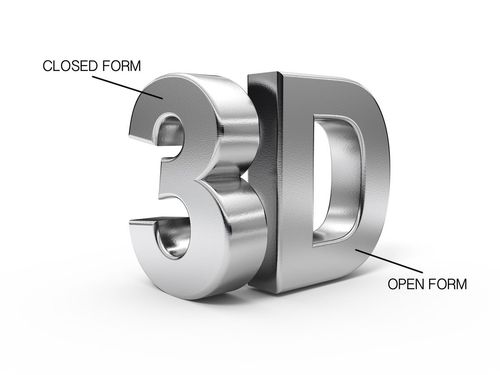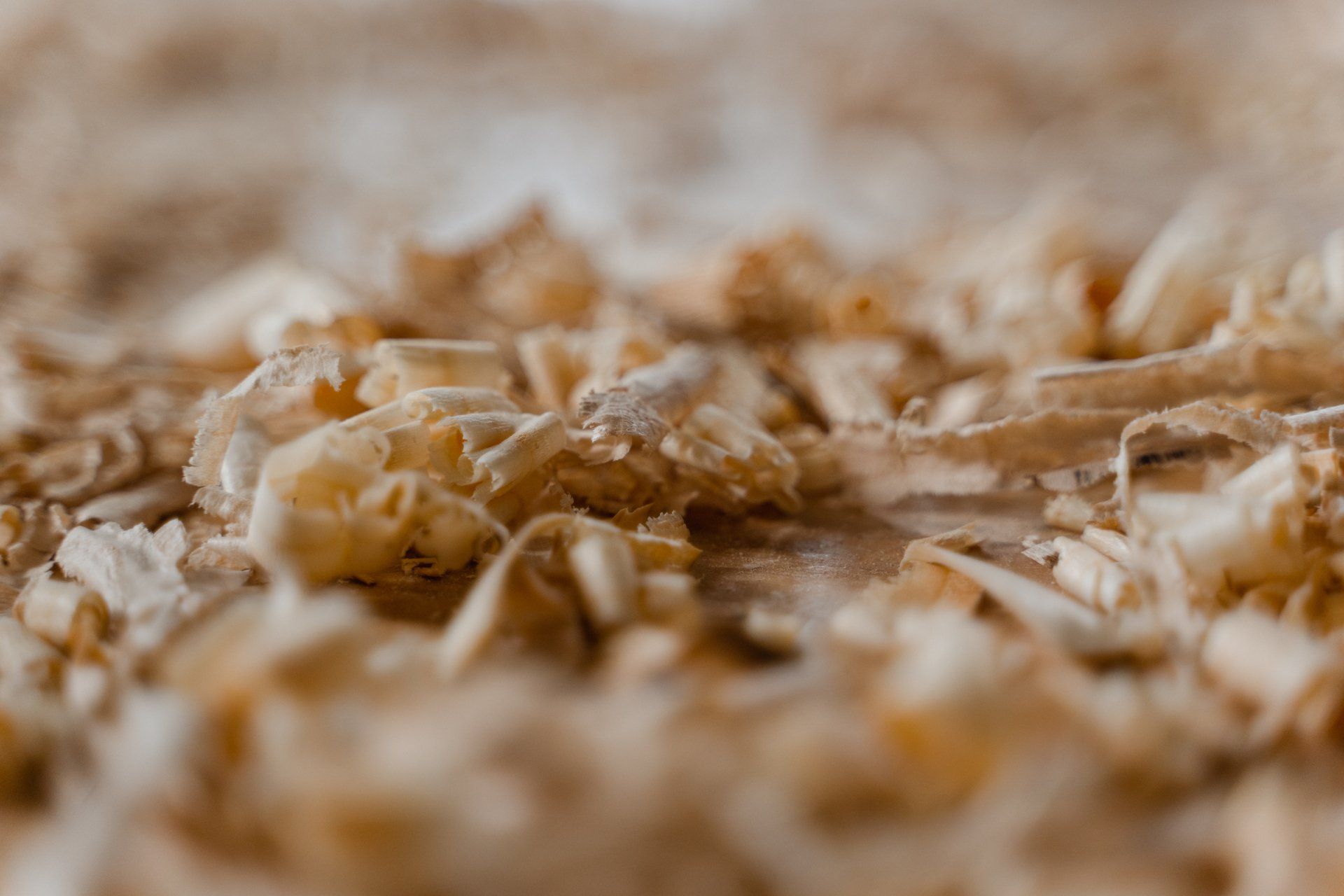Open form sculpture
Artsy.net explains it similarly to my friend in Florence, but expands that definition even further to include pieces where lines and planes often replace solid volumes or enclosing surfaces. It also sites " Pablo Picasso 's Guitar assemblages of 1912 were arguably the beginning of this type of sculpture (even though with these works, the artist was attempting to move outside of sculpture altogether). In the later part of the 20th century, Picasso, Alexander Calder , and Julio Gonzalez all pioneered a highly simplified open-form sculpture using wire."
WikiAnswers explains the differentiation more on a conceptual and compositional level. Stating that closed form is "a self-contained or explicitly limited form; having a resolved balance of tensions, a sense of calm completeness implying a totality within itself;" and open form is "a form whose contour is irregular or broken, having a sense of growth, change, or unresolved tension; form in a state of becoming."
The humanities department at Miami Dade College define the two terms as they relate to the visual impact of the sculpture. Explaining that when the lines of the sculpture direct the eye through the piece and then off into space, it is considered open form, but if the eye is directed continually back into the form, it is a closed form. This concept is reinforced by the South African ArcyArt , quite eloquently explaining how "space invades open forms" in paintings and in sculpture where the contour is broken. Using the visual example of the human figure, with arms flung outwards, as an open form.
When I speak about the open form, I am typically referring to the process where I actually have bored, drilled, or cut a hole through a log, creating a gateway through the heart of the tree. It is as much a visual and conceptual manipulation as it is a technical exploration of the medium. I try to incorporate this technique in most of my pieces, as it creates a more dynamic shape and adds visual interest and complexity to the form. Many of my sculptures rely on the negative space to tell a story. Examples would be:
- The Serpentine Man
- Dichotomy
- Love's Divine
- Love Everlasting
- The Hook







